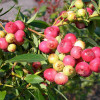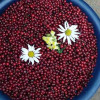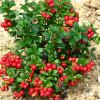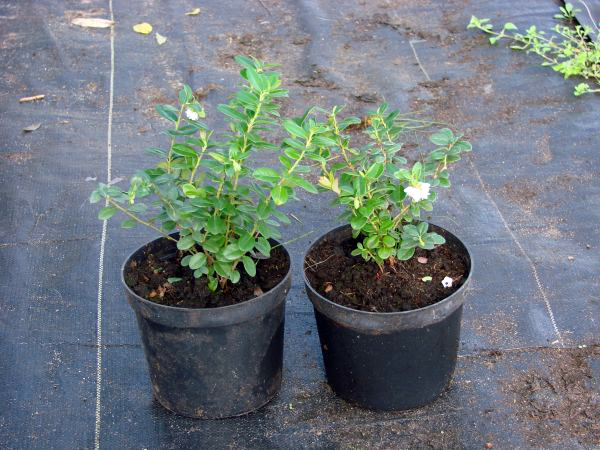Garden lingonberry: growing and care
Content
Berry varieties
With the proper desire, reproduction of lingonberries of any variety you like is available to any city dweller: you can sow seeds obtained from frozen berries from the nearest supermarket. This seed has already gone through stratification, so the seedlings should appear without any problems. But this option is only suitable for obtaining seedlings - lingonberries are distinguished by a powerful, horizontally located root system, prone to constant renewal. As a result, common lingonberry growing in natural conditions can live for about 100 years. So, such a bush is hardly suitable as a potting culture, but for a garden plot - the very thing.
On summer cottages (even within the Moscow region), cultivated varieties are effectively grown, which compare favorably with their wild relatives in yield and size of fruits, as well as the fact that such bushes will need some care. Let's take a closer look at the description of each common variety:
- Coral variety is a type of large-fruited lingonberry. This variety is extremely loved by gardeners for its productivity. Coral is capable of producing crops twice a year. Coral acquires the most attractive appearance in July, it is then that flowers and berries are present on the bushes. Fruits of the Coral variety have a characteristic sweet and sour taste, with a slight bitterness;
- variety Mazovia - this crop was bred from the wild-growing form. The bushes are undersized, very decorative, but, unfortunately, not too productive, but very tasty, and they also do not require special care;
- Rubin variety - plants of this variety are distinguished by increased frost resistance. The bushes do not even care about 30-degree frost, in the presence of snow cover. Such lingonberries do not need additional care, and they can bear fruit twice a season.
Video "Features"
From the video you will learn about the features of the lingonberry berry.
Beneficial features
Why do you think lingonberry sauce creates the best flavor combinations with meat dishes? The answer is simple. Lingonberry acidity not only perfectly sets off the rich taste of meat, but also helps it to be fully absorbed without overloading the digestive system.
This berry improves appetite well, has antiseptic properties, protects the gastrointestinal tract from toxins. In addition, berries or a decoction of the leaves have a beneficial effect on the genitourinary system.
Growing
The cultivated garden lingonberry is effectively propagated by the so-called babies, root cuttings or by simply dividing the bush. You can see the first berries on a young plant no earlier than a year after planting.
Young bushes are planted in spring, from April to May or in autumn, long before the onset of frost. When planting, a distance between the bushes of 30 cm should be observed, and the row spacing should be formed about half a meter.
Until the seedlings take root, the beds are covered with an opaque film, which can be removed in three weeks. It is noteworthy that the common lingonberry develops quite well with the vertical method of cultivation, it is enough to provide the bushes with the necessary support.
Seat selection
Regardless of the variety, lingonberry prefers areas that are devoid of the danger of excessive moisture. A well-drained acidic soil with a peat-mineral composition, capable of maintaining productivity for a long time, is best suited for culture. Try to choose open areas in higher elevations to avoid flooding.
Mulching
Post-plant care for lingonberries, regardless of which variety you choose, consists in the obligatory mulching of the soil. This procedure makes it possible to slow down the evaporation of moisture, provide greater stability for the root system, and also protect the young plant from attacks of possible pests. 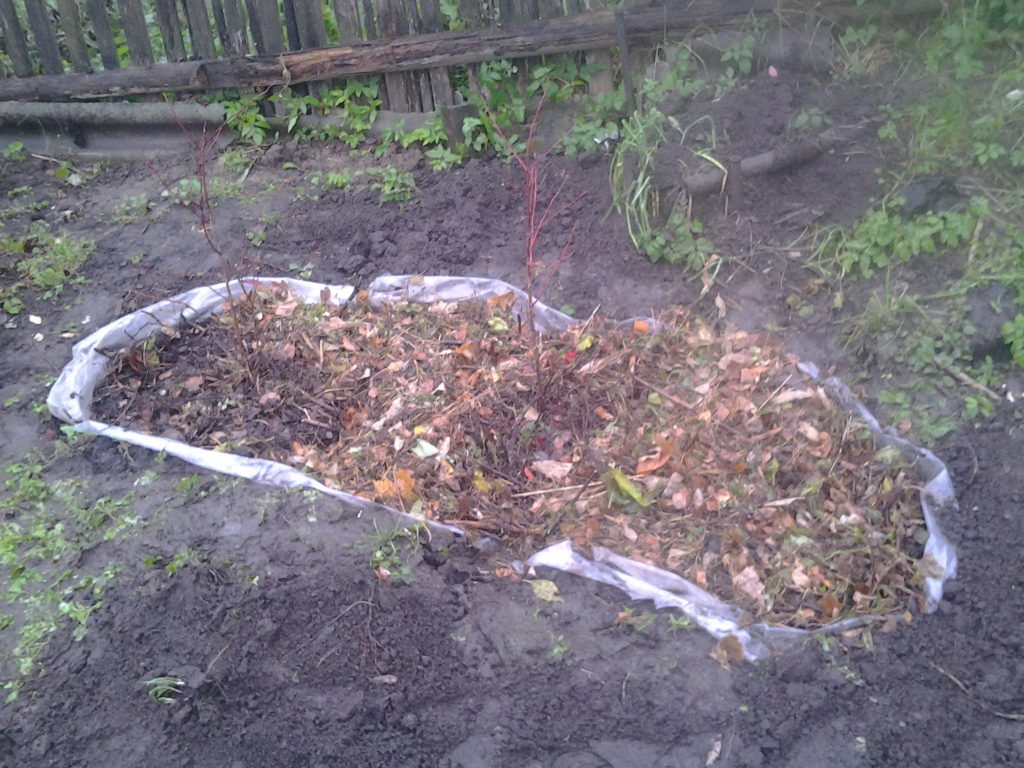 Sawdust or straw is usually used as mulch, and only after the protective layer has been laid can the bush can be watered. It is noteworthy that in the first 10 days after planting, any variety of lingonberry needs careful monitoring of the soil moisture level around the root system.
Sawdust or straw is usually used as mulch, and only after the protective layer has been laid can the bush can be watered. It is noteworthy that in the first 10 days after planting, any variety of lingonberry needs careful monitoring of the soil moisture level around the root system.
Reproduction and watering
Routine care for a crop such as common lingonberry consists of a standard set of techniques typical for any garden plant: regular weeding, feeding and watering. The latter is worth talking in more detail. Any variety of lingonberry loves good and high-quality watering. If the summer is dry, the plants will like sprinkling, by the way, this is where mulch comes in handy - the protective layer perfectly keeps moisture from accelerated evaporation. Any garden variety should be watered twice a week during the spring and summer. It is noteworthy that caring for lingonberries involves the frequent removal of weeds, and this procedure is much more important than the same top dressing.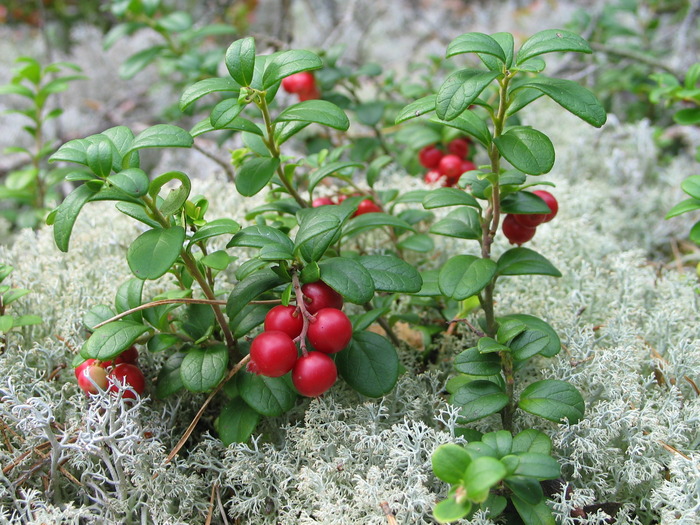
To start your favorite variety on your farm, you can purchase a seedling in a specialized store. All that remains is to plant, provide proper care and wait for the harvest. But if you already own at least one lingonberry bush, you can avoid the waste and try to breed your own.
Lingonberry propagation is carried out in several ways, but the most effective of them is rooting cuttings. To do this, it is necessary to carry out a formative pruning of the mother plant (by the way, such a procedure involves mandatory care of the crop) in order to force the bush to give young shoots. It is from the latter that a sufficient number of cuttings can be cut. Rooting works well if the cutting was cut in the summer. They are planted in greenhouses or hotbeds, and transferred to open ground when the plants are over two years old.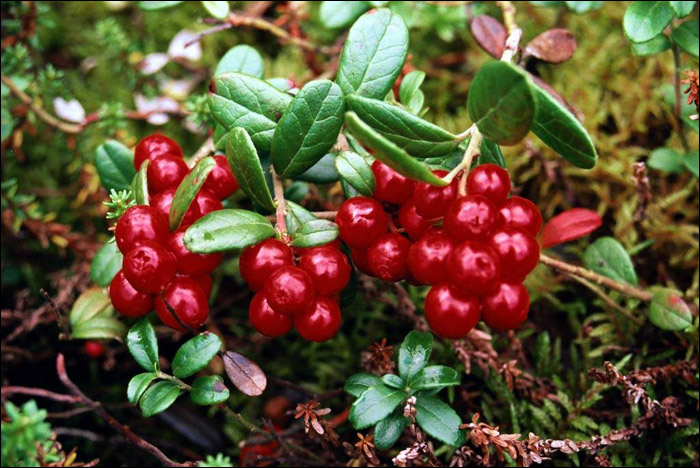
Lingonberry is not a crop that is difficult to care for, and the variety is not of fundamental importance. The plant is actively developing, bearing fruit, and gives you health and longevity. Be sure to settle such a "resident" in your garden, he will certainly reward you generously for leaving.
Video "Growing"
An experienced gardener in the video will share the secrets of how to grow lingonberries.

